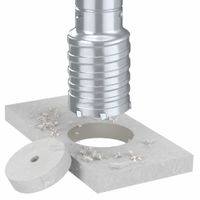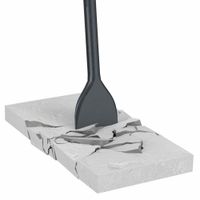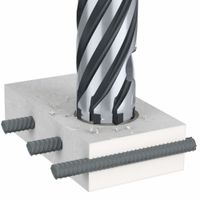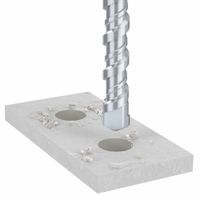- Home
- Machining
- Drilling Holemaking
- Drill Bits
- Drill Bits For Masonry Concrete
.....Read More

Adapters, Extensions & Accessories for Drill Bits for Masonry & Concrete

Aggressive & Continuous-Cutting Deep-Hole Drill Bits

Carbide-Tipped Core Bits for Masonry & Concrete

Chisel Bits

Diamond-Tipped Core Bits for Hardest Materials

Rebar-Cutting Drill Bits

Rotary Drill & Hammer Drill Bits

Wire & Cable Installer Drill Bits for Masonry & Concrete
Frequently Asked Questions
What are the best drill bits for concrete and masonry?
How do I choose the right size drill bit for concrete?
Can I use a regular drill for masonry work?
What is the difference between masonry and concrete drill bits?
How do I sharpen masonry drill bits?
What drill speed should I use for concrete drilling?
How do I prevent drill bits from overheating when drilling into concrete?